
Reduce and Reuse Challenge
Each year we produce 300 million tons of plastic globally, contributing to greenhouse gas emissions at every stage of its lifecycle from production to refining to the way it is managed as a waste product.
Plastic takes hundreds of years to biodegrade and single-use plastic bags have been found in the world’s deepest ocean trench.
It is estimated that by 2050 there will be more plastic in our oceans than fish.
Together, we can all make small changes to reverse the damage that plastic consumption has caused our planet.
This challenge is all about understanding your own plastic consumption, how you might be able to reduce it and discovering new creative ways to reuse plastics to add value to the environment.
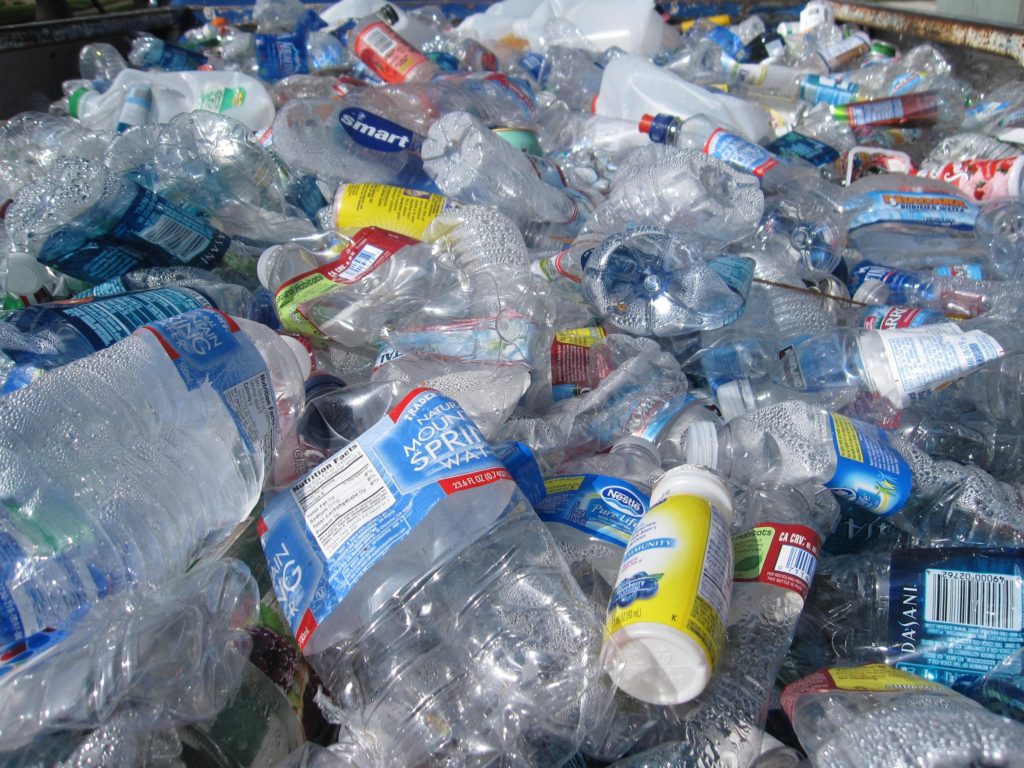
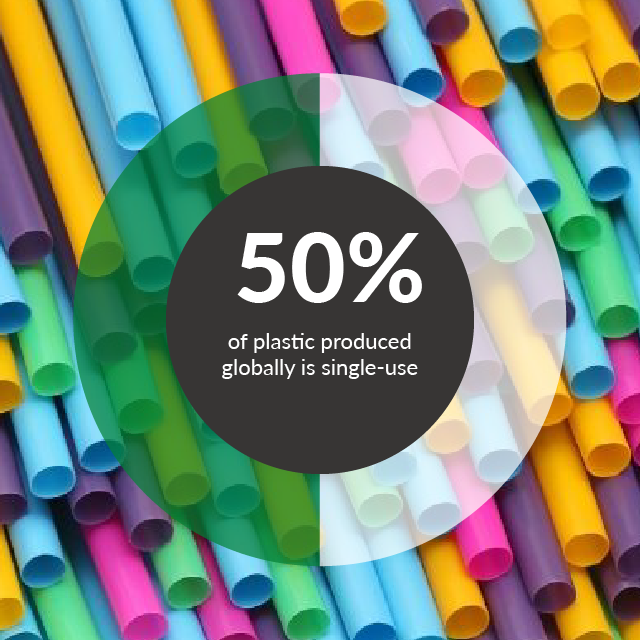
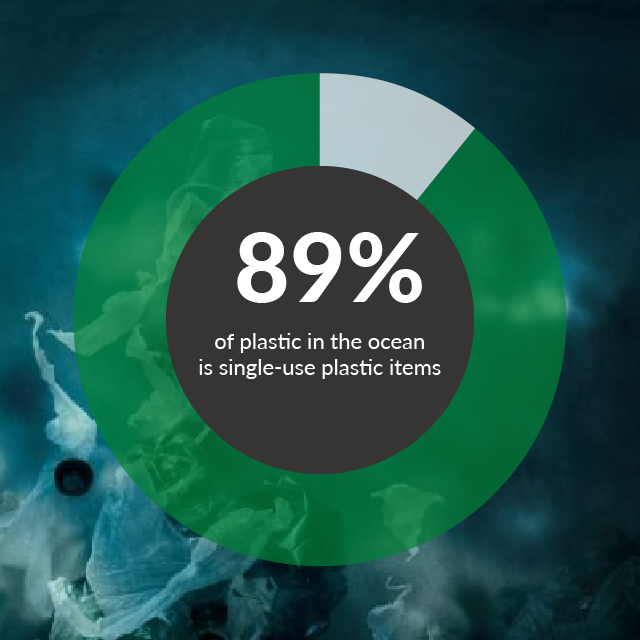

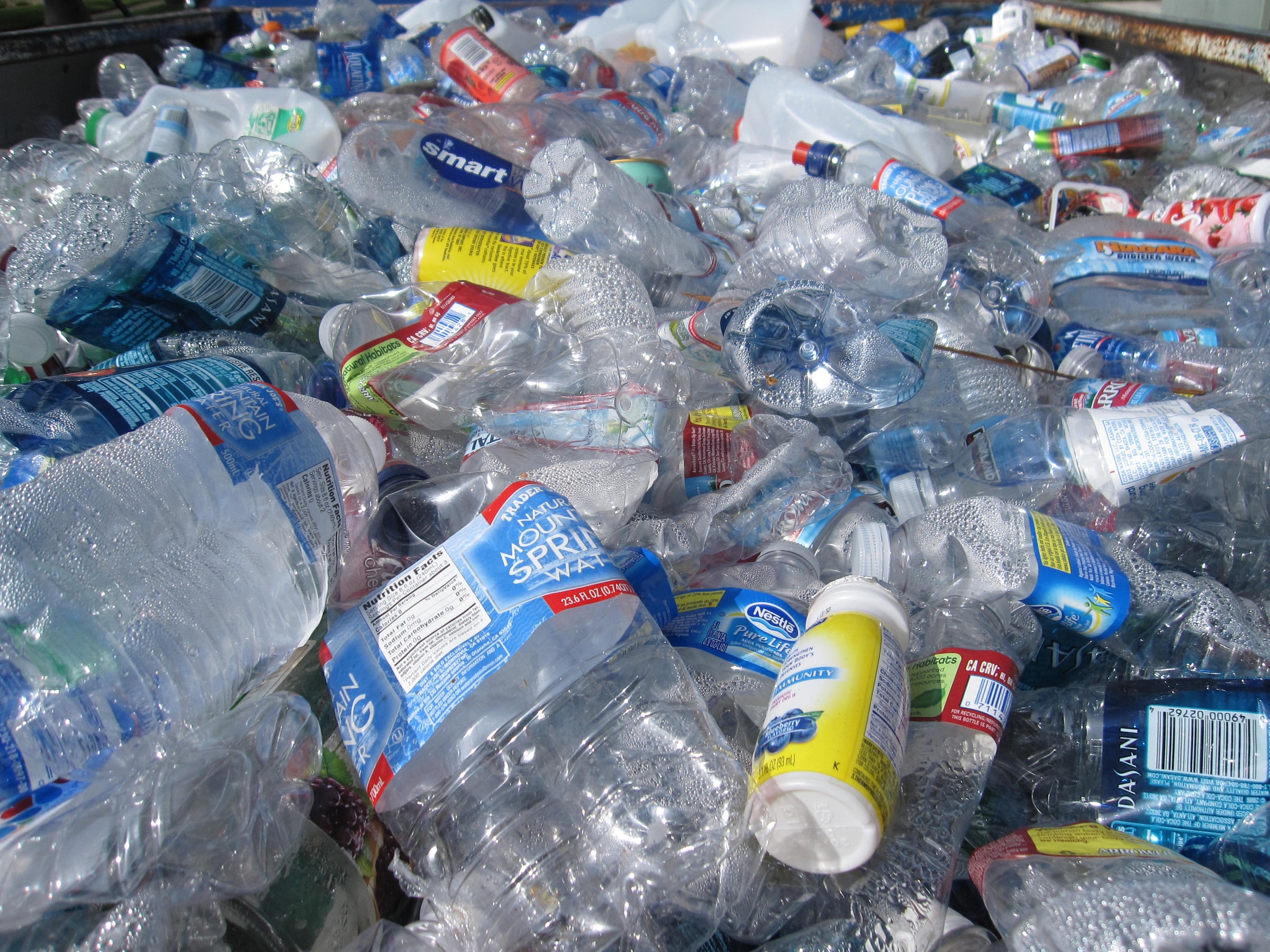
Challenge 1: How much plastic do you consume at home?
The first part of the plastic challenge is to keep a plastic diary, either for yourself, or for your entire household. Try and keep the diary for a week. Once you’ve got a better idea of how much plastic you are using then please complete the Greenpeace plastics calculator which will calculate how much plastic you potentially use over the course of a year.
Greenpeace plastics calculator
If you’re out shopping see how many plastic free options you could go with, and always remember to use recycled shopping bags where possible.
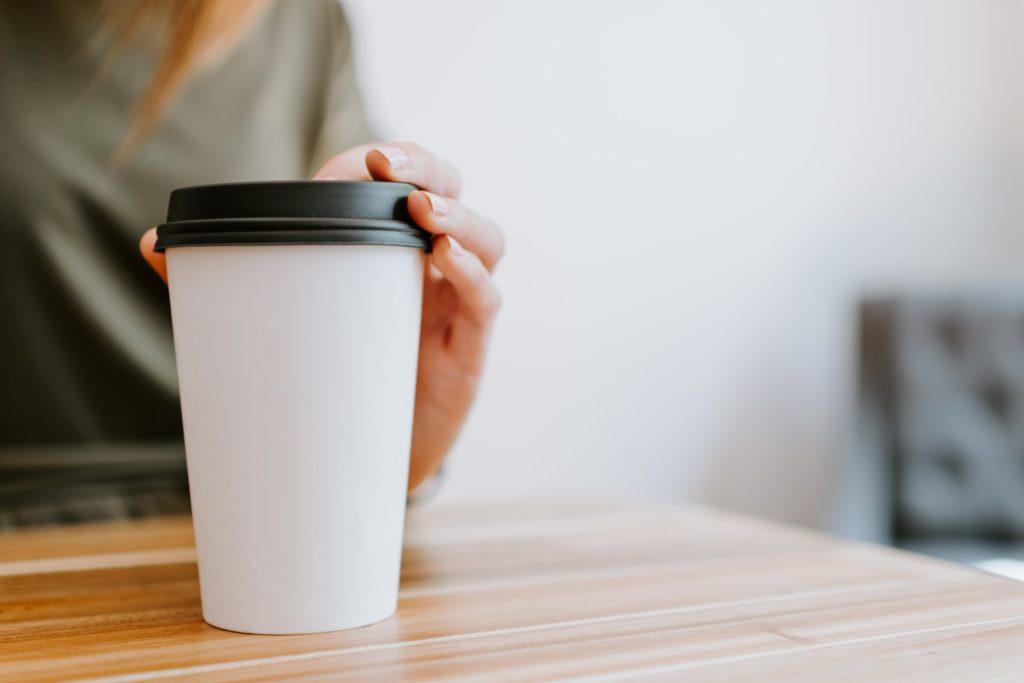

Challenge 2: Upcycle your plastic
More than 100 million plastic bottles are used worldwide every day and every one that isn’t recycled or incinerated can take up to 450 years to biodegrade in the environment. Reusable drinking bottles are increasingly popular but there is another option – upcycle.
Upcycling is the process of transforming by-products, waste materials, useless or unwanted products into new products of better quality and environmental value.
Here are two quick ways that you can transform your waste plastic bottles but there are many more!
Your challenge is to upcycle some of your plastic waste, either by using one of the methods below or by getting creative and coming up with your own idea!
Hanging Plastic Planter:
- You’ll need some scissors, string and a small plastic drinks bottle.
- Take off the label and cut off the top of the bottle, just under half way up.
- Cut 8 lines down (approx. 2cm) and fold them out into 8 equal sections.
- Snip each section into a curved petal shape.
- Cut 4 pieces of string a metre long each
- Tie each piece of string underneath the bottle cap.
- Make sure the knots are spread out equally.
- Cross over each of the strings with its neighbour.
- Tie a knot at the top of the planter, around the petal (repeat 4 times on alternative petals).
- Pop in some soil or compost and some seeds, or some small flowers and your planter is complete.
- Feel free to tie more knots wherever you like, then hang it.
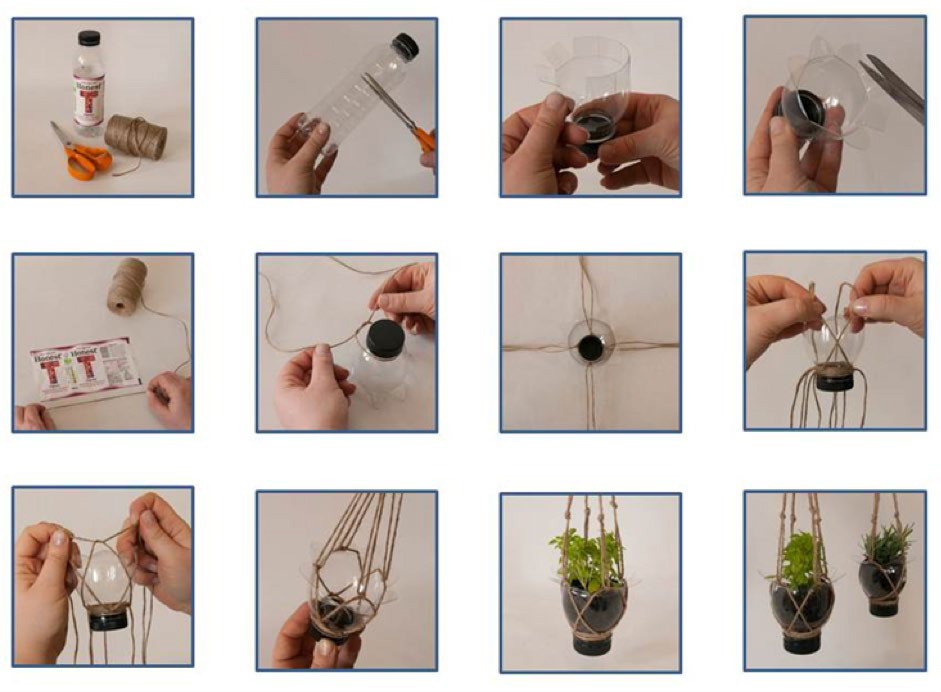
Self-watering Planter
- You’ll need some scissors, a 2 litre plastic drinks bottle, some thick cotton, and a drill.
- Start with the 2 litre bottle and cut off the top third.
- Take off the cap and safely drill two ¼-inch holes in it.
- From the inside of the cap, poke the ends of a short length (ours was about 4 inches long) of ¼-inch cotton rope through each hole. The ends should be long enough that when you screw the cap back on and put the planter in place they will reach the bottom of the reservoir.
- Leave a loop of rope inside the cap so it will stick up an inch or two into the soil.
- Once you have the lengths adjusted, screw the cap back on.
- Add water, and slip the top of the bottle into the bottom part as you see in the photo.
- Fill it with potting mix and add the plant, some herbs or seeds. You can lift the top portion out when you need to add water, or cut a small hole in the side of the base so it’s even easier to refill.
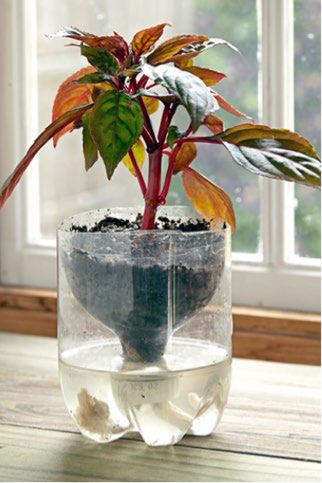

What Groundwork is doing
Tesco Bags of Help
Groundwork work with Tesco to administer their Bags of Help local community grant scheme. In August 2017 Tesco replaced their single use carrier bags with new Bags for Life made from 94% recyclable plastic, helping to reduce bag use even further.
The money raised by the sale of these bags now funds Bags of Help which provides community grants to thousands of local projects right across the UK from projects improving community buildings and outdoor spaces to training coaches or volunteers and hosting community events.
Plastic in the Workplace
Groundwork works with businesses to run engagement activities that help employees to understand their plastic usage in the workplace and discover new ways to limit this and explore alternative options.
For example, we worked with Deutsche Bank to run a series of quizzes and challenges linked to recycling across their offices and asked employees to hand in their single use plastic bottles in exchange for a reusable bottle that they could use in the workplace. These plastic bottles were then repurposed into a cold frame and donated to a local school for outdoor learning and food growing.

